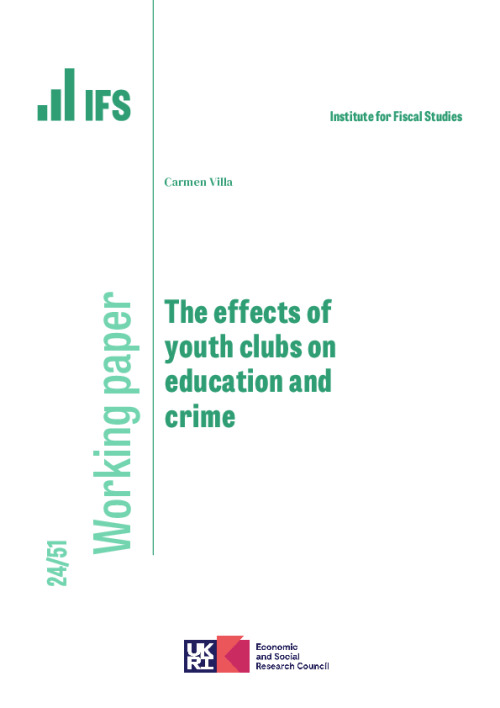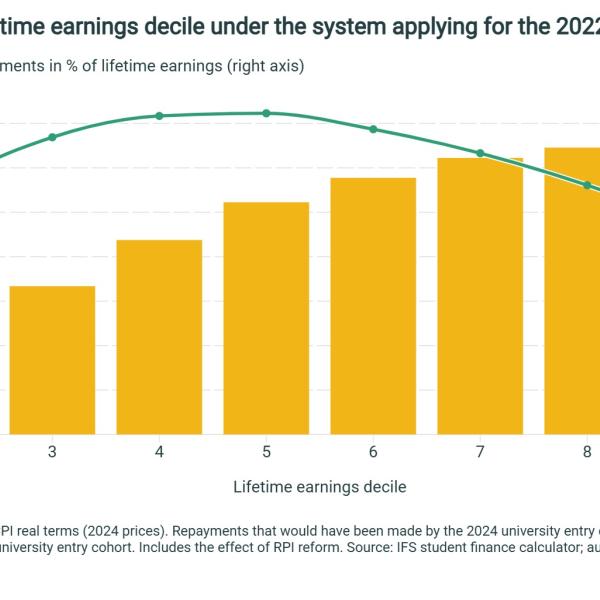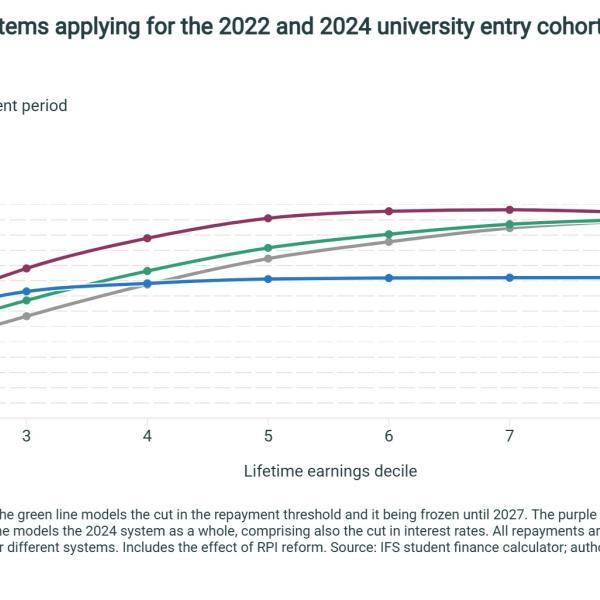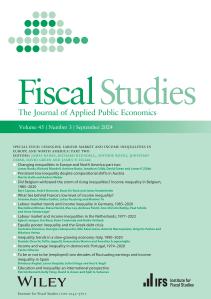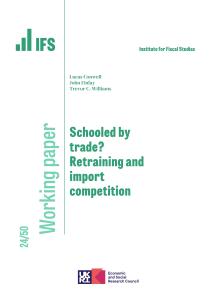Youth clubs are community-based after-school programmes, typically offered free of charge to teenagers in underprivileged neighbourhoods. I provide the first causal estimates of their effects on education and crime, leveraging quasi-experimental variation from austerity-related cuts, which led to the closure of 30% of youth clubs in London between 2010 and 2019. I use difference-in-differences research designs and novel data to compare neighbourhoods affected by closures with those unaffected. Teenagers in areas affected performed nearly 4% worse in national high-school exams. Youths aged 10 to 17 became 14% more likely to commit crimes. Youth clubs provide key support in a lasting manner, particularly to teenagers from low-income backgrounds. The effects are due to youth clubs offering unique amenities that support positive behaviours rather than mere incapacitation. Closing youth clubs was not cost-effective; for every £1 saved from closures, there are associated losses of nearly £3 due to forgone returns to education and crime costs.
This project has been funded by the Nuffield Foundation, but the views expressed are those of the authors and not necessarily the Foundation
